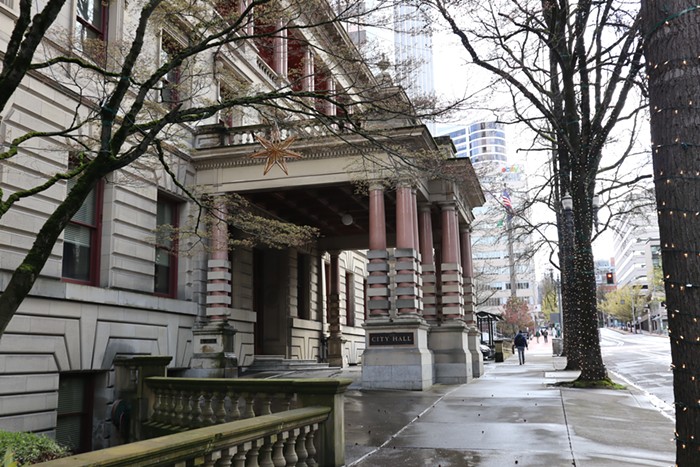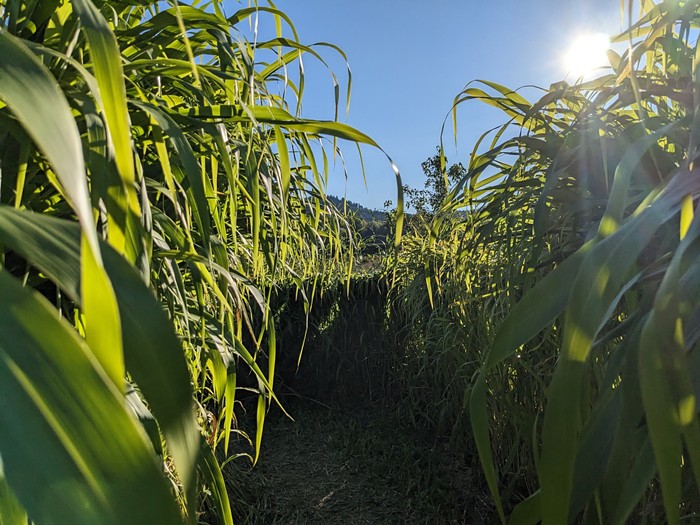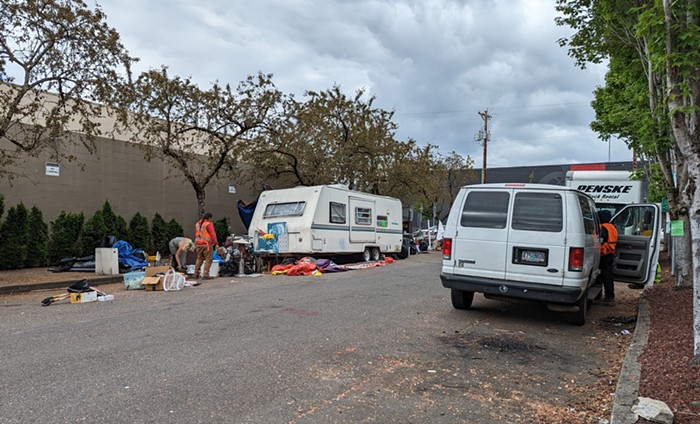News
Feb 9, 2016 at 3:51 pm
Glass powder accumulating on the roof of Bullseye Glass in 2013. The company sent workers up weekly to clean up the powder.
Allie Holly-Gottlieb
Comments
Please wait...
Comments are closed.
Commenting on this item is available only to members of the site. You can sign in here or create an account here.




















Here's the checklist for TRI: http://www.epa.gov/toxics-release-inventor…
Also, I'm skeptical a baghouse will be effective enough. Yes, it's good for dust/particulates, but what if it's leaving sometimes in a vaporized state and not as a dust?
Does anybody know why a baghouse wasn't used for the furnaces? What kinds of baghouses were used? Here's a page on some different types:
http://www.neundorfer.com/knowledge_base/b…
Even if they are 98% efficient, a 50 fold reduction of 150 is still 3 times more than benchmarks. It might not be enough for that reason alone.
(Sorry, had to break the tension. Thanks for the thoughtful comments & reporting).